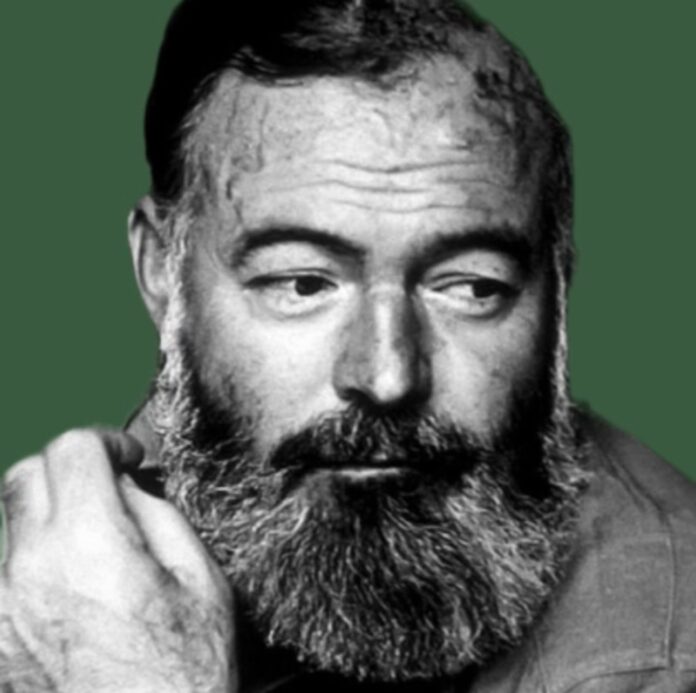Ernest Hemingway was one of the most influential American writers of the 20th century. Born on July 21, 1899, in Oak Park, Illinois, Hemingway grew up in a conservative, middle-class family. His father, Clarence Hemingway, was a doctor, and his mother, Grace Hall Hemingway, was a musician. From a young age, Hemingway was exposed to both literature and outdoor activities, which later became central themes in his writing.
After graduating from high school in 1917, Hemingway began his career as a reporter for The Kansas City Star. His early experience in journalism shaped his distinct writing style — direct, concise, and powerful. In 1918, he volunteered as an ambulance driver on the Italian front during World War I. Hemingway was seriously wounded, and his experiences during the war deeply influenced his worldview and writing.
Hemingway’s personal life was as adventurous and dramatic as his fiction. He married four times: first to Hadley Richardson, then to Pauline Pfeiffer, Martha Gellhorn, and finally Mary Welsh. He traveled widely, living in Paris during the 1920s where he was part of the so-called “Lost Generation” of expatriate writers and artists. He later spent significant time in Spain, Key West, Cuba, and Africa. Hemingway was passionate about hunting, fishing, boxing, and bullfighting — pursuits that often featured in his work.
Hemingway’s literary career began to flourish with the publication of The Sun Also Rises (1926), a novel that captured the disillusionment of the post-war generation. His next major work, A Farewell to Arms (1929), was inspired by his war experiences and became an instant classic. Other significant works include For Whom the Bell Tolls (1940), set during the Spanish Civil War, and The Old Man and the Sea (1952), a novella that earned him the Pulitzer Prize in 1953. In 1954, Hemingway was awarded the Nobel Prize in Literature for his mastery of the art of narrative and the influence he exerted on contemporary style.
Throughout his life, Hemingway struggled with physical injuries, depression, and the effects of heavy drinking. His later years were marked by declining health and mental illness. Tragically, he took his own life on July 2, 1961, in Ketchum, Idaho.
Hemingway’s legacy endures through his innovative writing style, often referred to as the “iceberg theory” or theory of omission, where the deeper meaning lies beneath the surface of the text. His works continue to be read and admired worldwide, influencing countless writers and shaping modern American literature.

